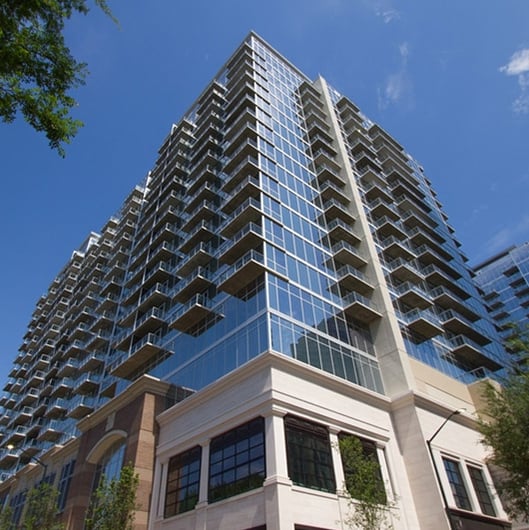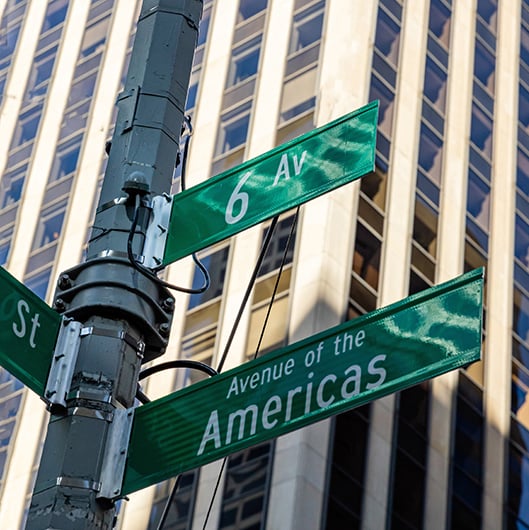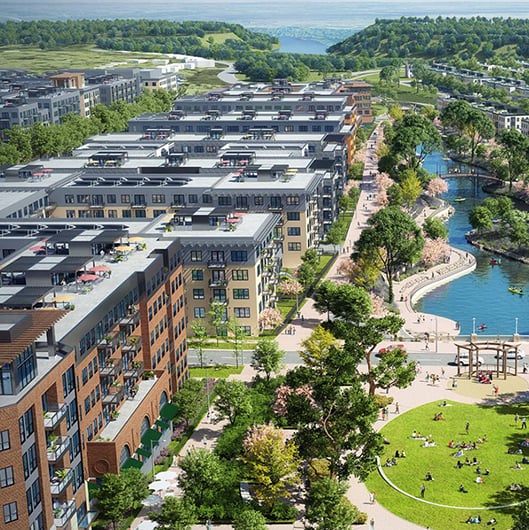Georgia World Congress Center
Case Study for Georgia World Congress Center
Client:
GWCC Authority
LEED Certification Level:
LEED® O+M: Existing Buildings - LEED® Silver
ENERGY STAR Score:
N/A
Total Square Feet:
3,920,000
SIG team members that worked on this project:
Asa Posner, Senior Sustainability Consultant
Scott Baker, Director of Technical Services, PE
Jeff Stewart, Mechanical Engineer, ENERGY STAR Team Lead
Building Address:
285 Andrew Young International Blvd. NW
Atlanta, GA 30313

Sustainable Investment Group’s Role on this building:
-
LEED Consultant
-
Outside air calculations
-
ENERGY STAR benchmark and award
-
Energy Audit
Fun Facts
In 2014, at the time of certification, the Georgia World Congress Center was the fourth largest convention center in the U.S., and the 14th largest LEED certified building in the world.
Overview
The Georgia World Congress Center (GWCC) is a 3.9 million square foot convention and entertainment center located in the heart of downtown Atlanta, GA, adjacent to Philips Arena. This enormous structure was built in four phases spanning 26 years from 1976 to 2002. The structure is actually three buildings (A, B, and C) with seamless internal connections. Despite its size and complexity, since the project is owned and managed owned by a single entity, it was submitted under one application under the LEED® O+M: Existing Buildings v3 – LEED® 2009 rating system.
Within five stories there are 106 meeting rooms, 12 exhibit halls, three fixed-seat auditoriums, and two grand ballrooms. Local residents know and love visiting the GWCC for diverse events ranging from flower shows to university graduations. Out-of-town guests experience this building for business and pleasure including cheerleading competitions and corporate meetings. In the 2013 fiscal year, the center received 812,500 visitors.
With so many people constantly coming and going and consuming food and beverage, recycling was a priority long before the LEED certification process started. The large volume of goods made economic sense to invest in on-site technologies for food composting and mercury bulb crushing, which save space and money in the recycling process. Having a full-time sustainability manager also helped the project track and streamline purchases to earn three sustainable purchasing credits in the material section.
There is also a lot of action below ground. A heavy rail line and the MARTA light rail both run under the building among the numerous subterranean parking decks. Direct access to public transportation earned 10 out of 15 points for alternative commuting. On-street level, the Georgia International Plaza provides a 6-acre green-space pedestrian plaza that doubles as a green-roof to the Red Deck, a 2,000-space parking deck. Green roofs over parking not only use space efficiently but also reduce the heat island effect and helped earn the project one point.
Existing Building LEED certification can be validation of ongoing practices as much as investment in new systems or equipment upgrades. The team analyzed all their options for energy and water efficiency versus utility-saving paybacks. The final result earned 8 points in the water section and eight points in the energy section. See the full point distribution on USGBC’s project database, here.



